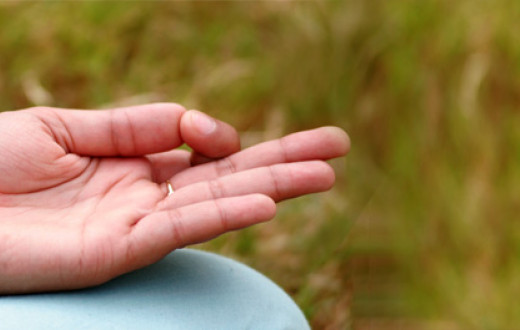What is vairāgya?
dr̥ṣṭānuśravikaviṣayavitr̥ṣṇasya vaśīkārasañjñā vairāgyam ॥15॥
दृष्टानुश्रविकविषयवितृष्णस्य वशीकारसंञ्ज्ञा वैराग्यम् ॥१५॥
Vairāgya is controlling the craving for objects that you have seen or heard of.
- Patañjali Yoga Sutra 1.15
The mind gallops towards the world of passion. You just keep quiet, close or open your eyes, or do anything. Where does your mind go? It travels towards the sense of smell, taste, sound, and touch. Do you see that? Or it gallops towards something it has heard or read. This craving for any of these experiences can stop you from being in the present moment.
Your mind is tired and bogged down as it keeps galloping towards desires.
Just turn back and see all the desires that have been fulfilled. Have they given you rest? No. They have only created a few more desires and those few desires - have they given you rest? No. They have given you more and taken you on another trip on the merry-go-round. You know, the merry-go-round has horses, which do not go anywhere. They just go round and round in the same place.
Stuck in this illusion, you travel miles and miles but reach nowhere. This is what desire does to you.
Vairāgya is that state, when, for a few moments, however beautiful the scenery is, you say, “I am not interested in looking at it right now.” However good the food is, you say, “This is not the time. I am not interested in it.”
Even a few moments of retrieving our senses from the craving or thirst for objects and going back to the Source is vairāgya. This is a basic requirement for meditation. Whenever you want to meditate, your mind should be in dispassion. Without dispassion, your meditation is no good and cannot provide the rest that you are longing for.
If you have whatever you wanted, then are you happy?>>
(This is part of a series of knowledge sheets based on Gurudev Sri Sri Ravi Shankar's commentaries on Patanjali Yoga Sutras.)















